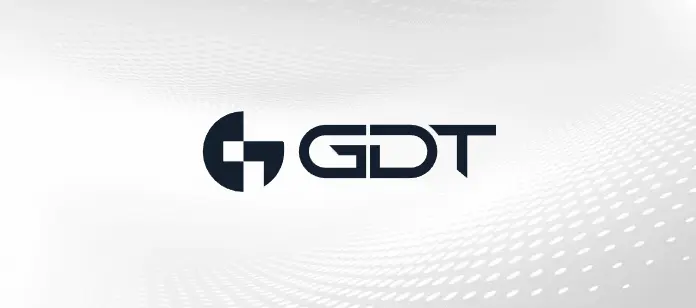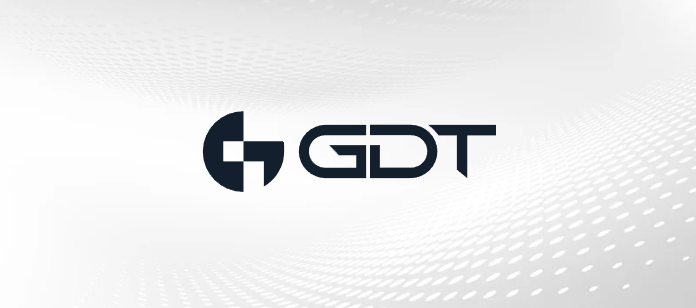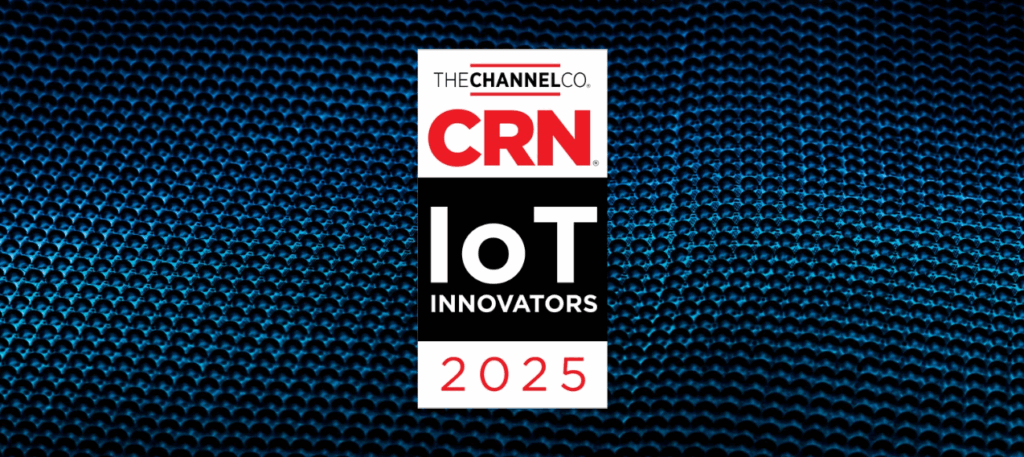To combine the word storage with software sounds somewhat counterintuitive. You store stuff in a container, a physical, you-can-touch-it-and-see-it container. Combining storage with software just doesn’t agree with the ear; it’s like saying, “Please pass me that Volvo.”
Up until recently, the IT industry’s version of storage brought into focus equipment, whether a large, cumbersome chassis or a 0.1-ounce thumb drive that slides into a USB port. Well, quash those images immediately. It’s 2019, and this is the IT industry; anything goes, even storage that’s defined through software.
It’s not the same thing as Storage Virtualization—but it’s close
Storage virtualization combines pools of storage resources in logical containers and allocates it where and when needed. It increases capacity and enhances performance. In a word—efficient. But we’ll get to that in a minute.
While very similar to storage virtualization, SDS takes management to the next level. SDS is storage virtualization combined with services and functionality independent from the hardware used.
With software-defined storage (SDS) comes:
Greater Agility
SDS allows storage options that can be altered as needed, and quickly. It provides tremendous flexibility for data centers. And even if your business isn’t growing, one (1) thing assuredly will—the amount of data you’ll accumulate.
SDS provides flexible deployment options and does so, in part, by allowing you to use the non-proprietary hardware of your choosing. And you can utilize existing storage infrastructures, as well, whether in the data center or delivered via the cloud. As your needs scale, so can your storage…quickly.
More Control
You can choose management rules and policies related to storage once and implement them across your entire storage infrastructure. This handles the (made up word alert) siloing of separate storage systems that don’t coordinate and communicate well. Once particular data is no longer a top priority, it can easily be pushed, or archived, to other areas based on policies set. Another name for this? Information life Cycle Management (ILM).
And tools in SDS provides analytics so you can better plan upcoming purchases. In SDS, more control can be boiled down to having the ability to store the right data in the right place, and at the right time and with the right cost. And do all of this automatically—that’s called “the right speed.”
Streamlined Efficiency
Efficiency can be thought of as cost savings, as different storage systems can be utilized as if they’re one (1). And with data automatically flowing between different storage systems based on priorities set, performance can be accelerated while lowering costs through, among other things, moving data to flash storage when performance related to it is critical. Then, once that performance is no longer a priority, it can be easily moved to cloud storage, even tape or disks.
The proliferation of data is growing exponentially. And once 5G is here, that velocity is only going to accelerate. Higher performance, greater agility, more control, and at lower costs? If it sounds too good to be true, it’s not—it’s software-defined storage (SDS).
Questions about how utilizing software-defined storage can work for your organization?
If you’d like to learn more about how to digitally transform your organization, talk to the expert solutions architects and engineers at GDT. For years they’ve been helping customers of all sizes, and from a wide array of industries, realize their digital transformation goals by designing and deploying innovative, cutting-edge solutions that shape their organizations and help them realize positive business outcomes. Contact them at SolutionsArchitects@gdt.com or at Engineering@gdt.com. They’d love to hear from you.


